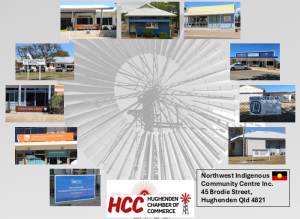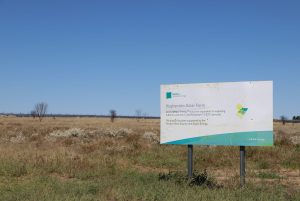Principle 2. Recognising community diversity
Communities are not homogenous; they are comprised of individuals and services with varied experience, skills and needs; each community is unique.
- Communities comprise a diverse range of residents with differences that cut along linguistic, wealth, gender, age, ethnic, cultural, geographic and other lines.
- Various organisations and groups may be present and represent some sections of the community (Figure 3.2.1). However, keep in mind they may not represent the views of all their members.
- These differences inform competing, contested and changing values, needs, and agendas, and contribute to community-specific dynamics that reflect both current, and historical relationships and balance of power.
- Diversity and differences within the community of interest must be anticipated, recognised and acknowledged. Appropriateness of responses should be considered to incorporate diversity and variations.
- Effective community engagement and co-design work requires iterative, time-sensitive, deep listening approaches to understand these varied perspectives and relational dynamics and understand how they work in context.
- Selection and design of participatory approaches (see Principles 3 and 4) must be relevant to and effective in accounting for these intersecting contextual and community features.


In Hughenden, many participants in the project workshops expressed that they were not aware of the diverse range of individuals and groups living locally in and around the community. Whilst most were aware of different groups within the community, such as mums and bubs, older residents and the local Aboriginal and Torres Strait Islander population, many were unaware of the extent of others’ needs and issues. Many were also unaware of emerging groups that were coming to town, particularly with economic initiatives and projects. For example, a Pacific Islander cohort had relocated and were working on the local grape farm and a cohort of Romanian people had been recruited and were working just outside of town through renewable energy projects (Figure 3.2.2). This brought new families to town from different cultures and a new range of work-related injuries as there previously had not been any solar or wind farms in the area.


